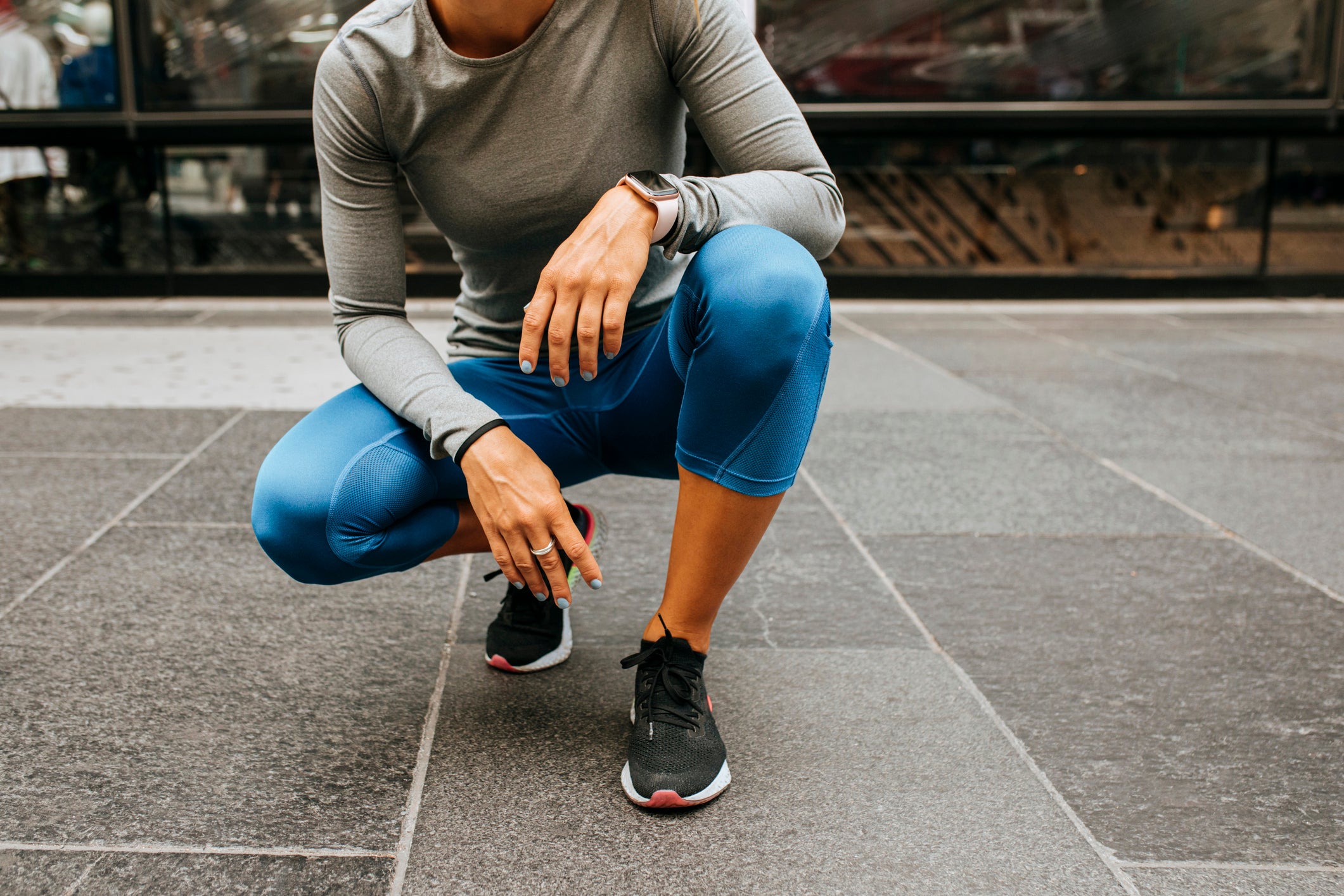Does Compression Apparel Help Muscles Recover?

Compression gear is all the rage - but does it really help your muscles recover after workouts? (Photo: Getty Images)
If you’ve ever had joint pains or muscle aches, you might have experience with compression apparel. Many athletes swear by compression gear for performance and recovery, rocking these elastic garments on their arms, legs, hips, or other spots prone to injury both during and after workouts.
The theory is that compression garments work by increasing blood flow to the working or recovering muscles beneath those fancy leggings, tech shirts, or compression sleeves and wraps. That’s the claim, at least. But is this often expensive gear all it’s hyped up to be?
RELATED: Should Trail Runners Wear Compression Gear?
A team at Tohoku University’s Graduate School of Biomedical Engineering decided to investigate the effectiveness of compression clothing by doing an intense analysis on all the studies currently available on the matter.
While compression gear has certainly been researched in individual studies — including one by the team at Tohuku — it can be difficult to come to overall conclusions when each study uses a different sample size and measures of effectiveness. For the new analysis of 19 separate studies, the team used a generic inverse variance model, which adjusts the weight of individual studies according to sample size to assess the effects of compression garments more accurately than in previous studies.
Surprisingly, this research concluded that wearing compression clothes during or after working out doesn’t necessarily improve or facilitate muscle recovery.
“Even data from our previous study supported the idea that such garments have the potential to reduce strength loss after a strenuous workout,” assistant professor and leader of the study, János Négyesi, said in a press release. “However, when we synthesized the data of all relevant studies, we found no effect of compression garments on strength recovery — even when factoring in exercise type and when and where the compression garment is applied.”
So, as this study concludes, the supposed effects of compression gear have yet to be definitively proven true. That’s not to say you should toss all your high-end workout outfits to the curb, though. It can’t hurt to rock compression gear in your workouts or otherwise — and if you’re like many athletes who love the way they look and feel, rock on!
RELATED: Your Watch Doesn’t Know How Much Recovery You Need
While there is still much to be said about the science of compression, many experts suggest finding alternative methods of improving recovery, and not solely relying on compression gear to take care of your tired muscles.
As always, make sure to refuel properly post-workout, stay hydrated, try supplements meant to replenish your muscles, sleep more and use tried-and-true tools like foam rollers to keep your body happy through the toughest of workouts.
This story originally appeared on Oxygen.